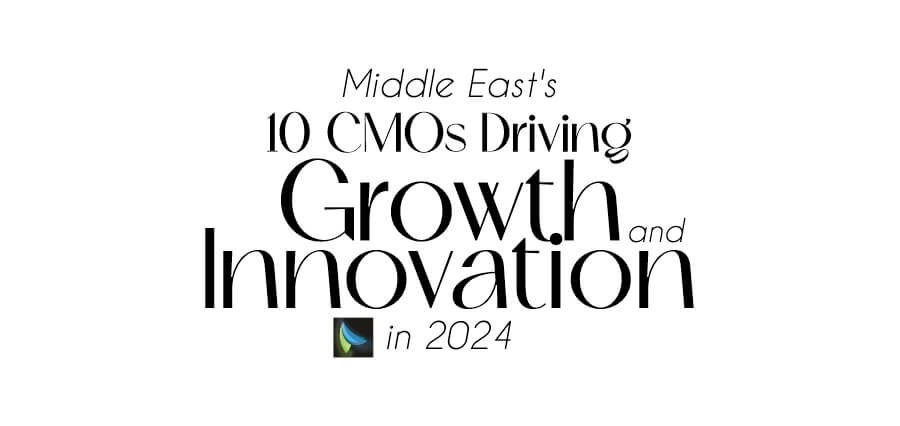With the new era of emerging technologies comes the wave of change and disruption. While businesses are focusing on these technologies in order to transform their business, chances of risk and uncertainty are also growing along with them. Adopting new technologies in business processes could also bring some inevitable risks with them. New competitors, regulatory complexity, natural hazards, supply chain failure, mechanical breakdown, cyber-attacks are some risks that can occur without any prior notice. Unmanaged risks can create a huge impact on decisions related to investment, product development, sustainability, safety, etc. Thus, assessing such risks and responding them accordingly becomes mandatory as they can destroy sources of value creation for the business. This is where the need for an integrated approach, Enterprise Risk Management (ERM), generates.
As business risks are continually increasing, corporations are finding it mandatory to implement some sort of risk management framework. An effective ERM program can not only help organizations to manage their risks and maximize opportunities, but also can streamline their business processes so as to achieve their organization’s goals.
After the emergence of the fourth wave of industrial revolution, businesses have come through many repercussions. The changes comprising cost structures, outdated business platform and practices, market evolution, client perception, and pricing pressures occurred have implied a certain degree of unknown risks for many businesses. Though risks can have detrimental effects on businesses, they also act as an opportunity to instigate the change, as by taking a risk centric approach businesses can formulate a strategy for success. Hence, by incorporating an integrated approach, Enterprise Risk Management (ERM), businesses are achieving their goals and objectives, even when they encounter obstacles. Yet, many businesses are still finding it difficult to deal with changes driven by fourth Industrial Revolution.
The present risk management practices are lacking suitability to interpret risks sooner. Hence, in order to enhance the ability to see and understand risky waves, many companies have developed new tools and techniques. By undertaking a new management discipline, these new tools and techniques are enabling businesses to easily predict and respond to the waves of disruption. Businesses are able to continuously monitor the changes in the environment to determine which could be truly disruptive.
In order to portray the significance of an innovative approach and framework in identifying risks, Insights Success has enlisted “The 10 Most Trusted ERM Solution Providers, 2019”, which have built and are delivering agile and flexible risk management frameworks that enable businesses to anticipate and prepare for the shifts that bring long-term success.
Our cover story features Zebu, a company based out of Waterloo, Ontario, known to be the second fastest growing startup community in the world. Zebu is creating a secure cloud-based platform for all business management needs. The company strives for businesses of all sizes to have the best management and productivity tools available to them, with security being the top priority.
Also, make sure to scroll through the articles written by our editorial team and CXO standpoints of some of the leading industry experts to have a brief taste of the sector.
Let’s start reading!
Quote: Though risk is an uncertain phenomenon, it can be used to fuel innovation.
– Hitesh Dhamani


















